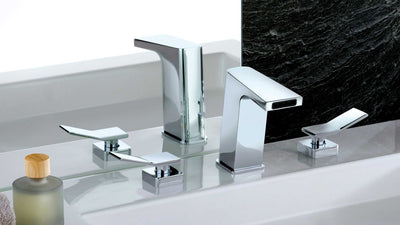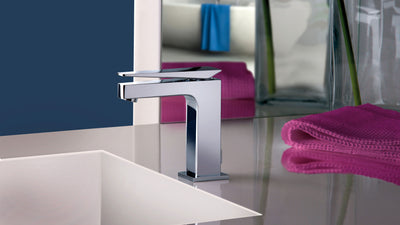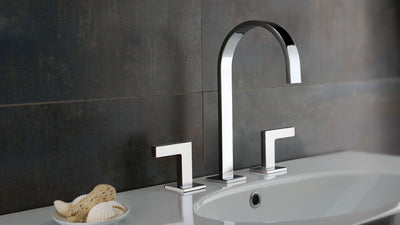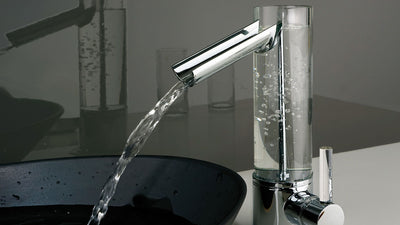The Faucet Industry in 2025: An Unprecedented “Space Folding”

The faucet industry in 2025 is undergoing an unprecedented “space folding”—on one side, Southeast Asian factories are working around the clock to meet demand, while on the other, German laboratories are conducting precise tests on nanocoatings. As 25% of multinational corporations begin to decouple their supply chains, 37% of orders include ESG clauses, and smart faucet patent litigation has surged by 216% year-on-year, the industrial earthquake triggered by tariff wars is giving rise to survival rules even more brutal than price wars.

I. Supply Chain Restructuring: A Race Against Time from Globalization to Regionalization
1. The New Landscape of “Triangular Manufacturing” Under the Tariff Map
- Mexico as a Springboard: Chinese faucet companies are establishing “front-end sales, back-end manufacturing” bases in Chihuahua, leveraging the US-Mexico-Canada Agreement (USMCA) to achieve zero-tariff penetration into the North American market, reducing logistics time to 72 hours.
- EU Nearshoring: Turkish sanitary ware clusters are taking over orders transferred by German brands, adopting an “EU Origin Pre-certification” model to increase the localization rate to 62%.
- ASEAN Hub Strategy: Rayong Province in Thailand is forming a sanitary ware industrial belt, gathering supply chain companies from China, Japan, and South Korea to create a “10-hour delivery circle” (rubber seals – electroplating – final assembly).
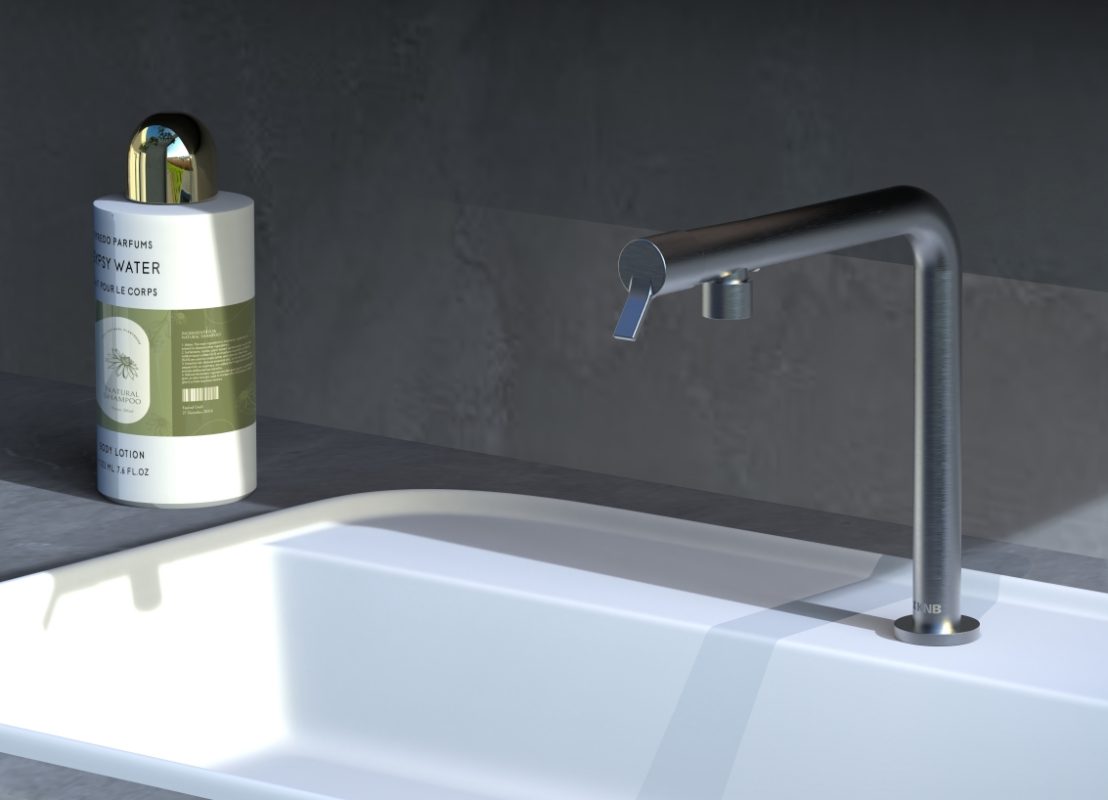
Key Data:
- Regional procurement costs are on average 18% higher than the globalization model, but tariff avoidance benefits range from 23% to 35%.
- Bonded zone VMI (Vendor Managed Inventory) model improves turnover efficiency by 40%.
2. The “Cell Division” Evolution of the Logistics Chain
- The China-Europe Railway Express opens dedicated sanitary ware lines; the cost of a 40-foot container has increased by 45% compared to sea freight, but net profit has increased by 12% after tariff deductions.
- US Customs initiates “faucet anti-circumvention investigations,” forcing companies to adopt “multi-country raw material traceability systems,” increasing customs declaration documents from 12 pages to 87 pages.
Toolbox for Response:
- Establish dynamic tariff simulators (real-time calculation of FOB/CIF price sensitivity points).
- Deploy “tariff buffer warehouses” (establish contingency inventory in Port Klang, Malaysia, and Rotterdam, Netherlands).
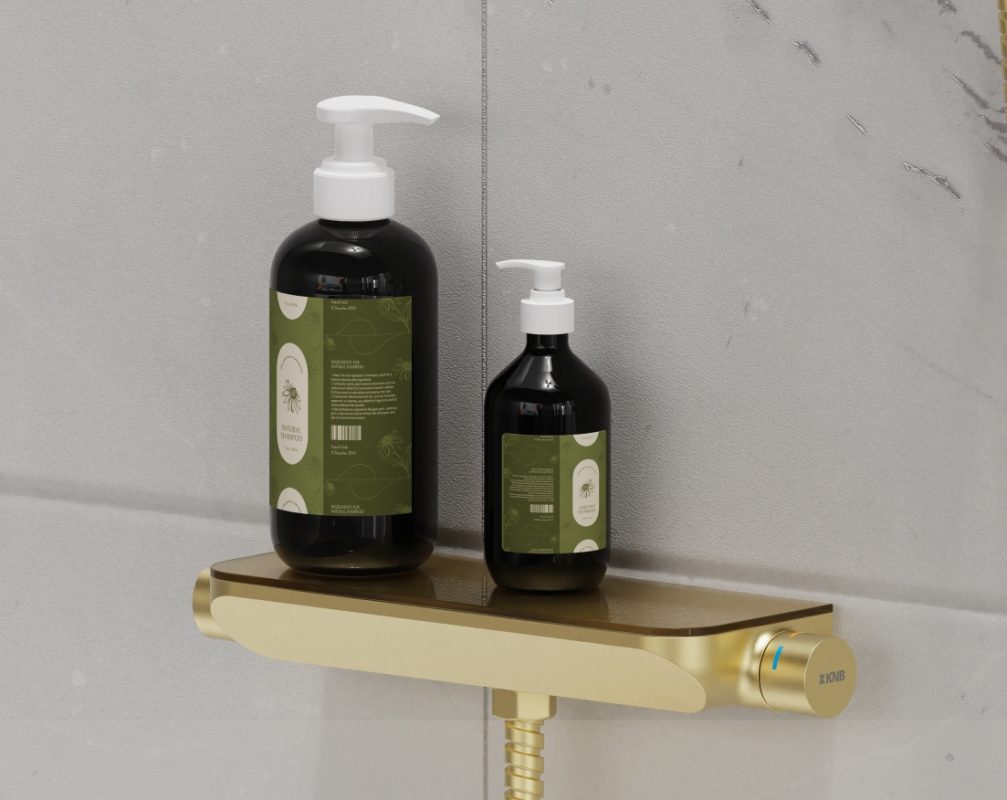
II. Value Chain Fission: The Offense and Defense of Technological Barriers and Ecological Warfare
1. The “Chip Arms Race” for Smart Faucets
- Grohe (Germany) upgrades its water flow control chip to a 5nm process, controlling water temperature fluctuations within ±0.3℃.
- Chinese companies are developing open-source water control systems based on the RISC-V architecture, reducing licensing fees to 1/7 of traditional solutions.
- Critical Pain Point: The repair rate of smart faucets is as high as 17% due to waterproofing levels not meeting the IP68 standard.
2. The “Nanoscale Showdown” of Material Revolution
- TOTO (Japan) develops a graphene coating with 30 times better scratch resistance than traditional PVD.
- Indian companies synthesize bio-based plastics from sugarcane bagasse, reducing the cost of faucet handles by 58%.
- Technology Blockade: The EU lists nanocoating technology under export control.
3. The “Invisible Battlefield” of ESG Certification
- Walmart mandates suppliers to disclose the “carbon footprint per faucet” (from copper mining to port departure).
- California AB 1432 Law: Starting in 2026, all faucets must integrate water-saving AI chips.
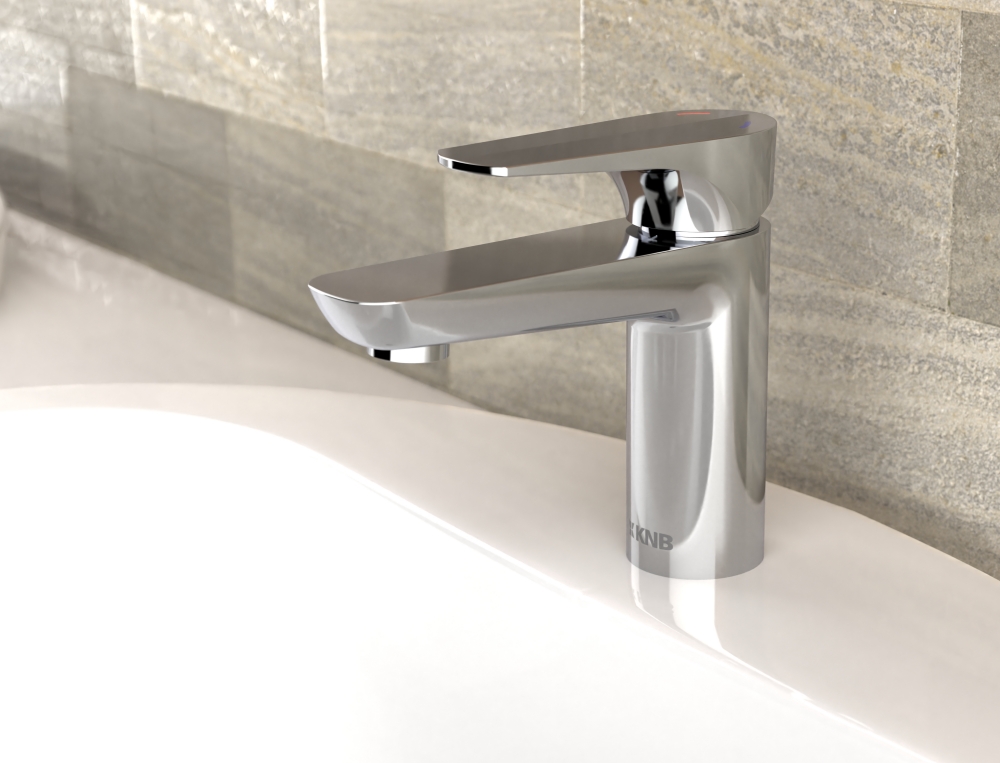
III. The 2025 Survival Manual: Breakthrough Paths for Three Types of Enterprises
1. The “Lightning Transformation” Formula for OEMs
- Case Study of a Vietnamese OEM:
- Shifted 30% of production capacity to energy storage faucet accessories (to address the European energy crisis).
- Established a joint venture with a Shenzhen IoT company (to acquire smart module technology).
- Opened a branch factory in Myanmar (to avoid EU anti-dumping duties).
- Transformation Cost: Approximately 8%-12% of annual revenue, but order premiums can reach 25%.
2. The “Dual-Track Pricing” Strategy for Brands
- Developed Country Markets:
- Smart Faucets (with water usage data services) Pricing = Hardware Cost × 3.2
- Emerging Markets:
- Basic Faucet Price = Cost in China Production Area × 1.5 (including tariffs and insurance)
3. The Transformation of Traders into “Data Arms Dealers”
- Establish a global sanitary ware patent early warning system (monitoring technical regulations in 137 countries).
- Develop a “Tariff + Logistics” intelligent quotation tool (generating 6 trade term options in 1 minute).
- Case Study: A Hong Kong trading company reduced customs clearance dispute rate from 18% to 2.3% through a blockchain traceability system.
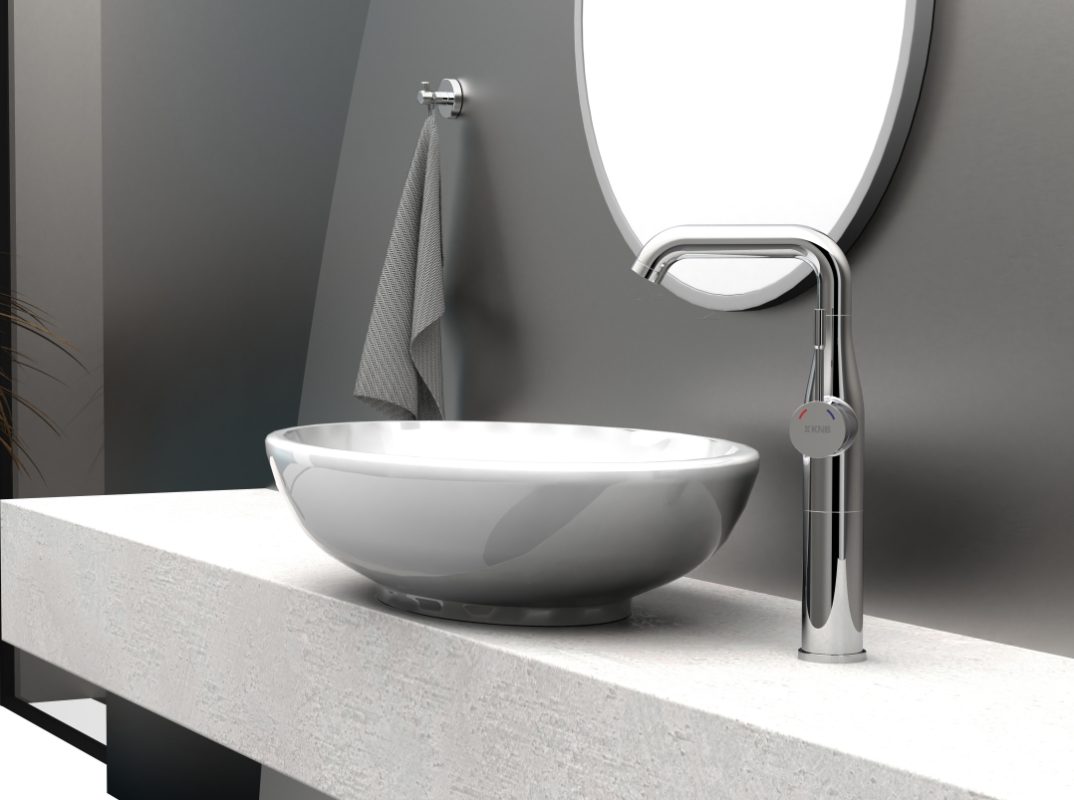
IV. Key Action Points for the Next 24 Months
- Supply Chain: Complete capacity backup in at least 2 regions before Q3 (recommended locations: Turkey, Mexico, Vietnam).
- Technology: Invest no less than 3% of revenue in R&D for alternative materials (focus on bio-based plastics, nanocoatings).
- Certification: Immediately initiate WELL V2, EPD (Environmental Product Declaration), and other certifications (cycle approximately 9-14 months).
- Data: Build a water usage data mid-platform (smart faucets generate an average of 2.7MB of data daily, which will become a new profit point).
Summary
The faucet industry in 2025 stands at the crossroads of “globalization disintegration” and “regionalization rebirth.” As tariff barriers reshape geographical boundaries and technical standards divide value camps, a company’s survival no longer depends on production scale but on its ability to quickly build an “regional supply chain + technology moat + data asset” iron triangle in the fragmented new landscape. Those who can debug intelligent production lines in Mexican factories, win patent lawsuits in Munich courts, and sell 100,000 faucets through live streaming bases in Indonesia will ultimately win this multi-dimensional war.







